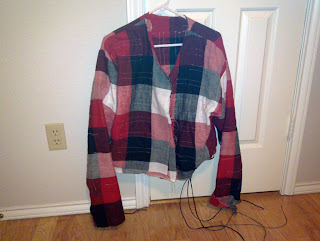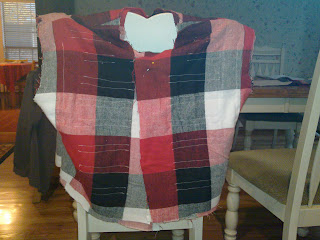It's time to close the lab for today. Today I got the user interface sorted out. Works more or less like this: One number display, one knob to rotate, one button (will be embedded to knob later). There will be four "channels" for four different heating circuits: Feet, hands, legs and torso. (Perhaps Socks, Gloves, Pants and Jacket) Each channel has its own heat setting, in default mode device adjusts all channels equal amount up or down. In default mode (right after powerup) display shows the global heat setting (ten levels 0-9). With knob user can change this setting. If user pushes button for more than a second, display starts blinking and shows the channel (S,G,P or J). User selects desired channel with knob and pushes button for less than a second. Display keeps blinking (indicates individual channel setting in progress). Now user can set selected channel temperature, again ten levels 0-9. After selecting desired heat level, user pushes button for less than a second a...








